Flat tires are a common nuisance for drivers and can happen at the worst times. Nearly every driver will face a flat tire at some point, so what do you need to know if it happens to you?
Flat tires often result from an air leak in the tire itself. A sharp object — nails and screws are common culprits — can puncture the tire and leave a hole.
A tire can also go flat from what’s known as a “bead leak,” where the tire can’t get an airtight seal because of debris or corrosion to the wheel. It’s a bit like a plastic container with a loose lid that allows its contents to spill out.
In addition, a tire could be flat when it’s simply underinflated, or leaking air from the valve.
Then there’s a blowout. In contrast to the examples above, a blowout happens suddenly with a large rupture and is caused by things like overload, driving over road damage, or uneven structural weakness due to treadwear.
A flat tire will sit flat on the ground and visibly lower than the other tires on your car. When driving, a flat tire will sometimes create an imbalance in the steering and alignment, “pulling” the car to one side. You may also notice vibrations or a “flapping” sound. Occasionally, you could hear a loud “pop” if your tire was punctured during a drive.
Car tires are calibrated to hold a certain amount of pressure. This ensures a smooth, even ride. Driving on a flat tire can be risky for both you and your car, so you may want to limit how far you drive and get it repaired as soon as possible. Here are some of the possible dangers it poses:
While an external puncture can often be repaired, driving around on a flat tire can cause damage to the internal structure of your tires. This internal damage may be irreparable, in which case you’d need to completely replace the tire.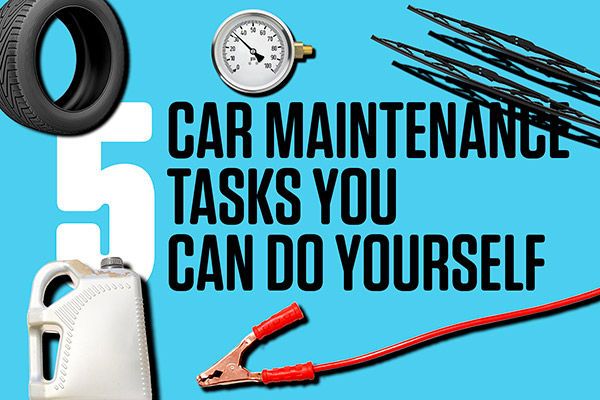
Driving on a flat tire means your rims are likely making more contact with the road than they were meant to. This can bend them out of shape. Continued usage in this way may even cause damage to the vehicle itself.
A flat tire can lead to unsafe handling, possibly even loss of control, because the tire isn’t as responsive to steering. This could create a dangerous driving situation.
If you were able to replace your flat with the smaller, donut-shaped spare tire in the trunk, it’s best not to drive around on it for too long. Spares aren’t built for everyday use and therefore have limitations on how far and fast you can drive with them. They’re temporary replacements to get you safely to the nearest garage.
If you find yourself with a flat tire, there are a few basic steps to consider:
If you can, very gently run your hands along the front and back of the tire to see if you can detect the penetrating object. It’s good practice to wear gloves when you do this. If the tire is punctured, you may want to contact a nearby tire repair shop for advice.
It’s good practice to wear gloves when you do this. If the tire is punctured, you may want to contact a nearby tire repair shop for advice.
If you can’t find anything on the tire, however, it may merely be underinflated. If this is the case, you can use an air compressor if you have one available or reinflate it at a gas station for a small cost.
If you realize your tire has gone flat while you’re on the road, slow down gradually and find a safe place to pull over. Once you’ve safely pulled over, one option is to contact roadside assistance and wait for them in the safety of your vehicle. You may require a tow truck to take your car to the nearest garage, particularly if you don’t have a spare tire handy.
While there’s no way to outright prevent a flat tire from happening, there are some tire maintenance best practices that can help lower your risk:
The tread on your tires is where your car contacts the road.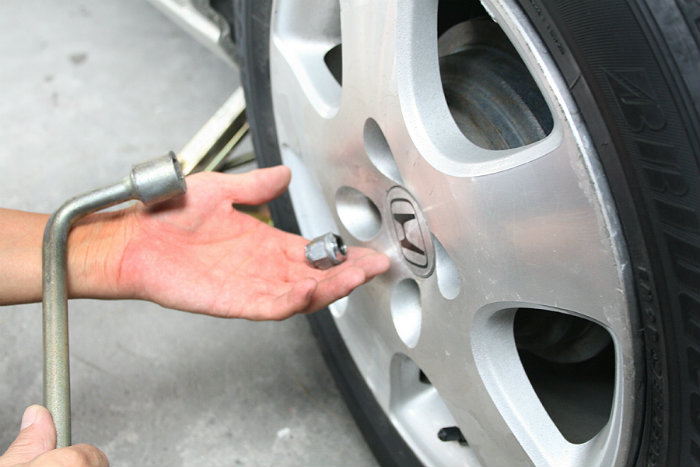 The tread is a good indicator of when it’s time to get new tires. When the tread is excessively worn, your risk of getting a flat tire increases, as does your overall loss of traction.
The tread is a good indicator of when it’s time to get new tires. When the tread is excessively worn, your risk of getting a flat tire increases, as does your overall loss of traction.
How can you measure tread wear? Some tires come with built-in tread wear indicators. You can also use a tool known as a tread depth gauge. Another method is to place a standard U.S. quarter into the tread groove with the head upside-down. If the tread doesn’t touch the top of George Washington’s head, it may be time for new tires.
Pressure imbalances can put undue strain on your tires and result in uneven or excessive wear on your tread.
An air pressure gauge is a simple, inexpensive tool to measure your tire pressure. It’s likely available at auto parts stores and may even be sold in gas stations. Using one can help you ensure your tires are properly inflated to the manufacturer’s recommended pressure setting (expressed as “PSI” or “pounds per square inch”).
It may also be helpful to inspect your tires at regular intervals. This can help you identify wear or embedded objects that could pose problems.
A flat tire can happen to pretty much anyone, though there are a few precautions you can take to lower your risk. If you do get a flat tire, getting it repaired or replaced as soon as you can will help prevent damage to your rims and vehicle.
‹ Tips & Guides home
‹ Tips & Guides home Maintenance | Getting a flat tire is an unexpected hassle during your day. Whether you’re driving to or from work or heading to a doctor’s appointment, a flat tire disrupts your plans and causes you to scramble.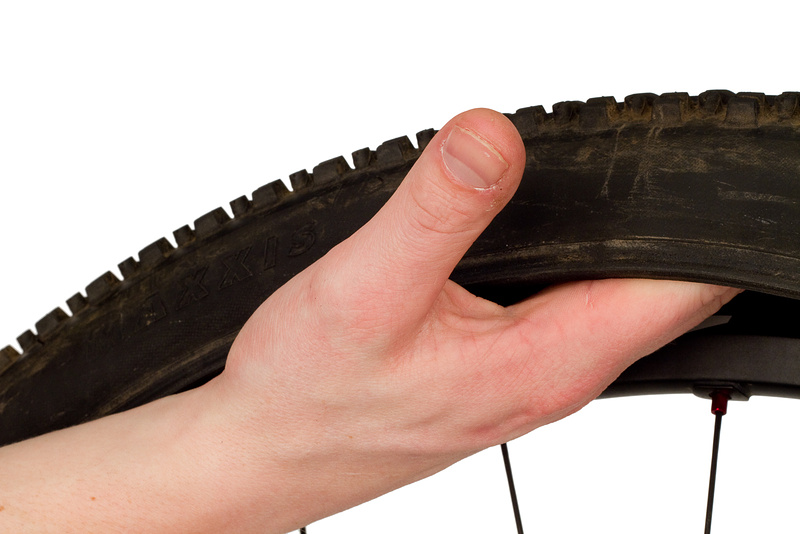 Thankfully, there are some things you can track before you have an issue with your tire though. Looking out for these warning signs that your tire is about to go flat can save you from being on the side of the road and keep you in the driver’s seat.
Thankfully, there are some things you can track before you have an issue with your tire though. Looking out for these warning signs that your tire is about to go flat can save you from being on the side of the road and keep you in the driver’s seat.
First, if your car is new enough, you can keep an eye on your tire pressure by being aware of your tire pressure indicator light. This is your Tire Pressure Monitoring System or TPMS. If the TPMS light activates, it likely means you need to fill your tires to their specified capacity.
Even if you don’t have a TPMS light, you can still check to see if your tires are low on air. Low air pressure places undue and uneven stress on the tire and wears out the outside of the tread faster than normal.
Tires deteriorate over time, and you should not expect them to last for the full life of the car. Because of this, car owners should keep track of the metric used to assess tire health—tread depth.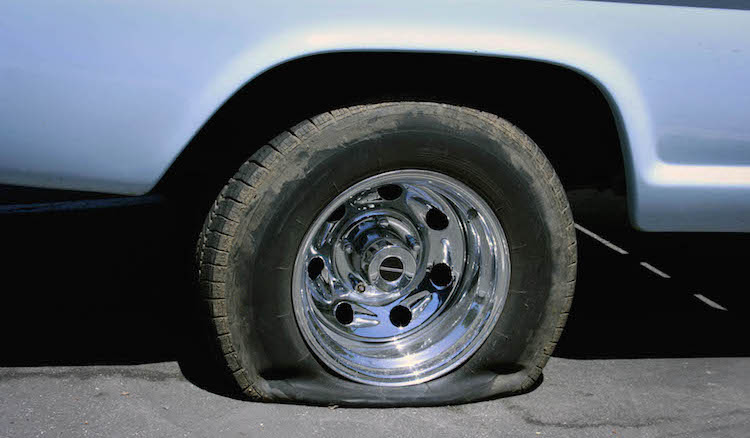 One tried and true method to do this is the Penny Test. This involves placing Lincoln’s face upside down into the tire tread. If the tire covers his head, there is more than 2/32 of an inch of depth, and thus more tread life to your tires. But if his head is visible, its time to replace your tires.
One tried and true method to do this is the Penny Test. This involves placing Lincoln’s face upside down into the tire tread. If the tire covers his head, there is more than 2/32 of an inch of depth, and thus more tread life to your tires. But if his head is visible, its time to replace your tires.
Your tires can sustain physical damage just like any part of your car. If they appear cracked or cut, then these weak spots are vulnerable to blowing out or going flat. These could appear after hitting a curb or some other solid object and may even be signs that your tire has already been leaking air.
Another similar weak spot that could develop is a bulge in the tire. Bulges extend the tire material beyond where it typically lays, appearing to bubble outward irregularly. This can be a sign of a coming flat tire if not addressed.
An additional, lesser-known warning sign that your tire is about to go flat is excessive tire vibration while driving. Sometimes tires become unbalanced or out of alignment to the degree that they begin to shake forcefully. This vibration increases the risk that a sudden impact does significant damage to the tire or indicates another problematic issue with the tire. If you notice one of these warning signs on your vehicle and want to get ahead of the issue, consider RNR Tire Express in Colorado Springs. Our experience-driven advice will help you determine whether you need new tires and if so, we provide excellent tire service.
Sometimes tires become unbalanced or out of alignment to the degree that they begin to shake forcefully. This vibration increases the risk that a sudden impact does significant damage to the tire or indicates another problematic issue with the tire. If you notice one of these warning signs on your vehicle and want to get ahead of the issue, consider RNR Tire Express in Colorado Springs. Our experience-driven advice will help you determine whether you need new tires and if so, we provide excellent tire service.
How to find out on the go that a tire has been punctured
Nokian Tires It is important to stop in time so as not to completely ruin the tire and disc. But sometimes it’s not easy to notice such a nuisance - how do you know that a wheel has been pierced? The comfort of most modern cars plays a cruel joke on us with some malfunctions. Highly effective noise and vibration isolation, amplifiers and servos on the controls often “do not allow” the driver to receive signals that are sent to him by problem nodes. To a large extent this concerns problems with the wheels.
To a large extent this concerns problems with the wheels.
If you drive a couple of hundred meters on a completely flat tire at speed, the tire will almost certainly have to be thrown away.
True, well-equipped vehicles have a TPMS (tire pressure monitoring system), which raises an alarm when the pressure drops or the temperature rises in the tire(s). But for most Ukrainian motorists, such electronics are not yet available.
See also: Why tires are flat all the time: reasons and what to do
The typical signs of a flat tire have been known for a long time, but, alas, they "work" differently on different cars, different roads, with different tire models and even with different passenger compartment loads. And yet, these are the symptoms.
 This sound is not loud, but the driver usually perceives it as abnormal and stops to clarify the situation. A tire that is not completely flat starts to hum, as if the car has hit coarse-grained asphalt. This noise is not always obvious and is often not perceived in the cabin as an emergency.
This sound is not loud, but the driver usually perceives it as abnormal and stops to clarify the situation. A tire that is not completely flat starts to hum, as if the car has hit coarse-grained asphalt. This noise is not always obvious and is often not perceived in the cabin as an emergency. A half-flat tire is harder to see on the move, but such a ride ruins the tire, even if the road is flat: rubber and carcass suffer from overheating.

See also: How to choose wheel covers
Fortunately, modern tires do not start to lose air out of the blue. If they are not worn to the threads, then they are not afraid of sharp pebbles on the pavement, or dry branches on country roads. Therefore, you need to especially listen to the tires first of all after driving over obviously dangerous obstacles - boards with nails, scattered garbage, scrap metal lost by someone, etc.
The TMPS kit can be purchased and installed on any car, the main thing is to choose a product of the highest quality.
And of course, after a serious hit in an asphalt pothole or hitting a curb with a wheel, you need to stop and evaluate the condition of the tire and rim.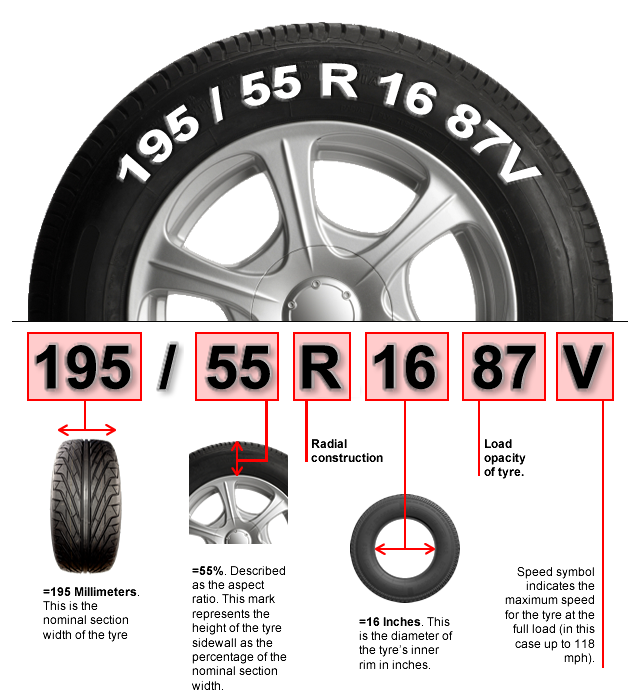 At the same time, keep in mind that with some types of damage, air does not escape from the tire immediately, but within a few minutes. If you often have to drive on rough roads, at least install an inexpensive TPMS kit on your car - these are sold in abundance in stores and on related sites.
At the same time, keep in mind that with some types of damage, air does not escape from the tire immediately, but within a few minutes. If you often have to drive on rough roads, at least install an inexpensive TPMS kit on your car - these are sold in abundance in stores and on related sites.
Loud music in the cabin has been the cause of big and small troubles in thousands and thousands of cases: from chewed tires to shreds and "rattling" engines to brutal accidents due to someone's unheard horn. When driving on bad roads, try to listen to the operation of the machine, its sounds and behavior. Well, if music is dearer to you than the safety of the car (this also happens), take two spares with you. A do-it-yourself TPMS system is also a good option, but electronics will not replace the spare tire.
See also: What is the difference between premium tires and budget tires
Motorists have to deal with such a difficulty as a punctured wheel on a regular basis.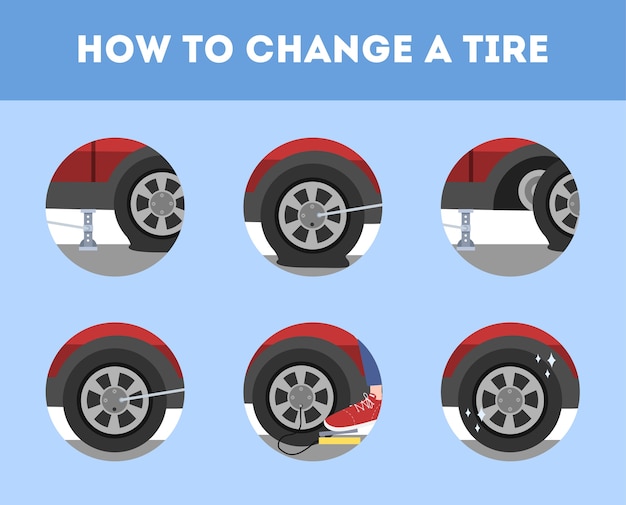 An unpleasant situation can happen even before departure or during the trip, and it is very important to recognize exactly where the air is escaping in order to stop the process and take the car to tire shop . Sometimes the damage is so severe that it is impossible to move on the vehicle, and the only option is to call a tow truck. We will tell you how to identify a punctured wheel and a specific place where it misses, as well as what repair can be done by hand.
An unpleasant situation can happen even before departure or during the trip, and it is very important to recognize exactly where the air is escaping in order to stop the process and take the car to tire shop . Sometimes the damage is so severe that it is impossible to move on the vehicle, and the only option is to call a tow truck. We will tell you how to identify a punctured wheel and a specific place where it misses, as well as what repair can be done by hand.
The reason that the tire flattens the is not only foreign objects or pits on the road, but also the initial poor quality of the rubber, lack of proper care and unprofessional repair. It is also worth remembering the service life of truck and passenger tires, because even the highest quality tires do not last forever and need to be changed periodically.
When punctures occur due to deep potholes, the responsibility lies with the road service responsible for the condition of this section of the route. The driver can compensate for the cost of repairs by calling the traffic police to the scene and filing a lawsuit.
The driver can compensate for the cost of repairs by calling the traffic police to the scene and filing a lawsuit.
Despite the fact that the old tube tires have been replaced by tubeless ones, and tread is made as durable as possible, seal failure remains one of the most common problems in wheel operation. Understand that tire is damaged;
The higher the pressure inside, the faster the air leaks, so often the motorist notices a depressurization at a late stage, when only a tire change can help. In no case should you ignore the listed “symptoms”, because every minute the risk of getting into an accident increases, plus the load on other components increases. If you do not contact the master in time or do not fix the problem yourself, then you will have to repair not only the tire, but also disk with suspension, which overheat and deform.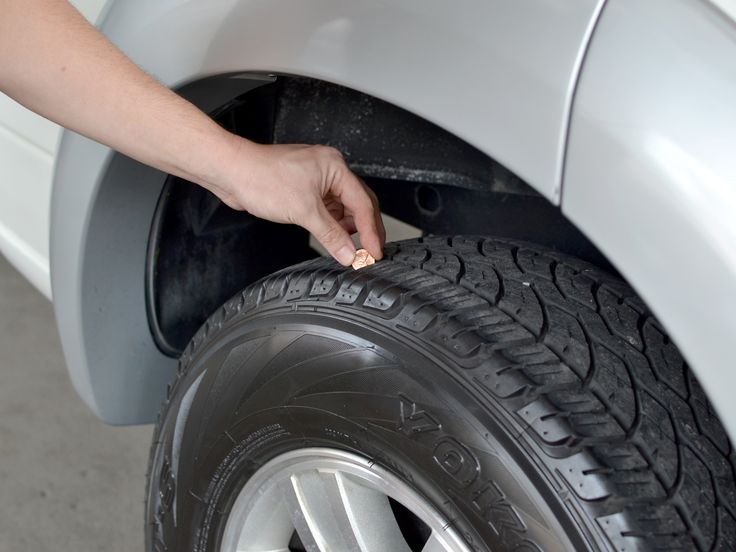
On the other hand, it won't take all the air out of the wheel in a couple of minutes, at least if the tires aren't too worn, so the driver has time to take corrective action. But first you need to understand which tire and where specifically skips.
You need to start with a visual inspection of the tires, because damage is often associated with an object stuck inside or a cut. In parallel with external diagnostics, you need to listen to understand where the air is coming out. In this regard, it is wiser to do everything in a quiet place.
If possible, it is advisable to apply a layer of soapy water to the rubber. This is the universal and easiest way to detect a puncture - bubbles will appear at the leak site. It is necessary to observe for 5-10 minutes, covering with liquid not only the tire, but also the places of its connection with the disk and nipple. Keep in mind that sometimes there are several punctures, and all of them need to be identified so that restoration efforts are not in vain.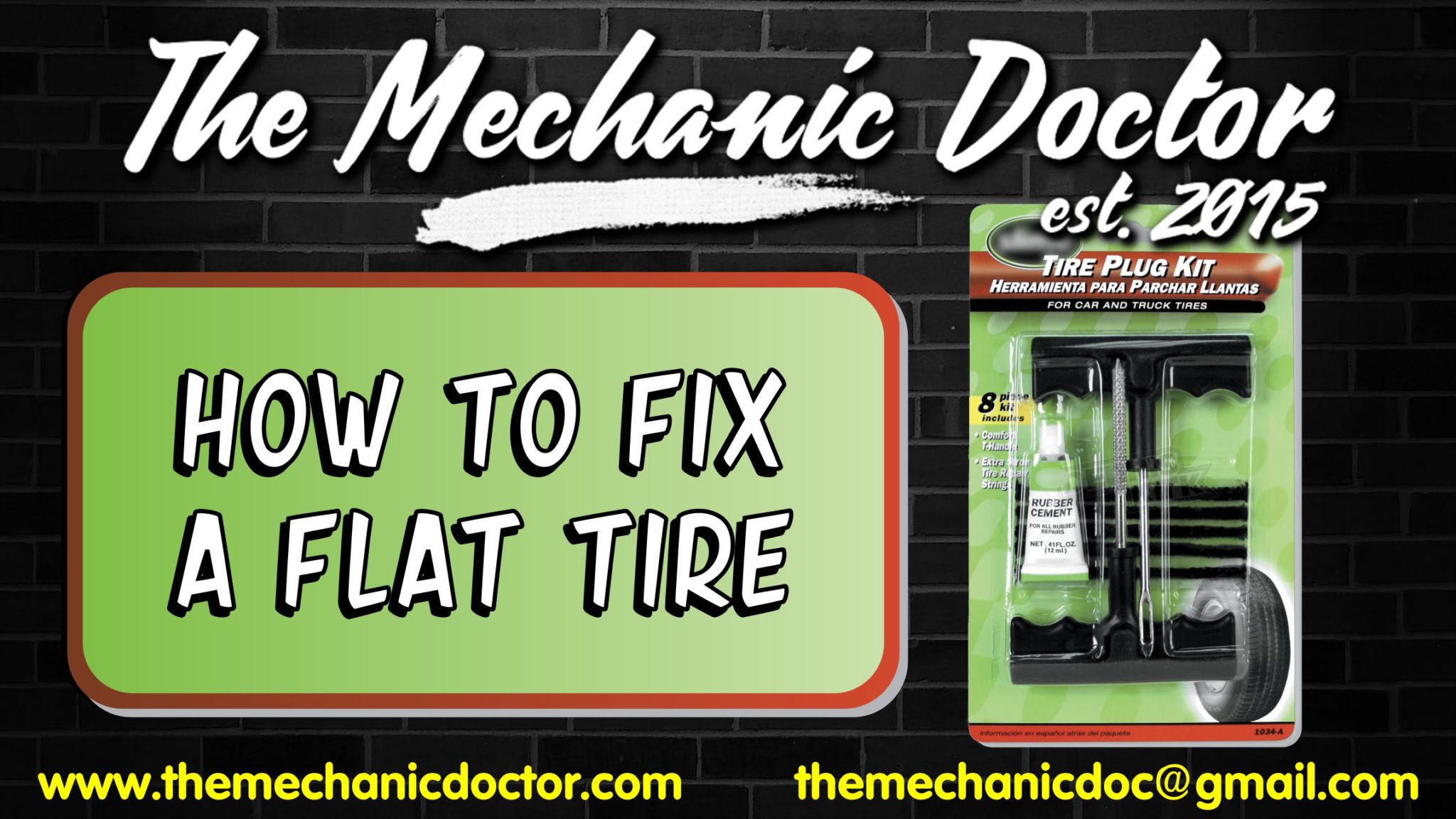
To understand whether it is possible to restore the tightness of the tire using pump , or you will have to get jack and change the wheel, or you will have to call a car service, localization of the puncture and determining the severity of damage will help. There are several options:
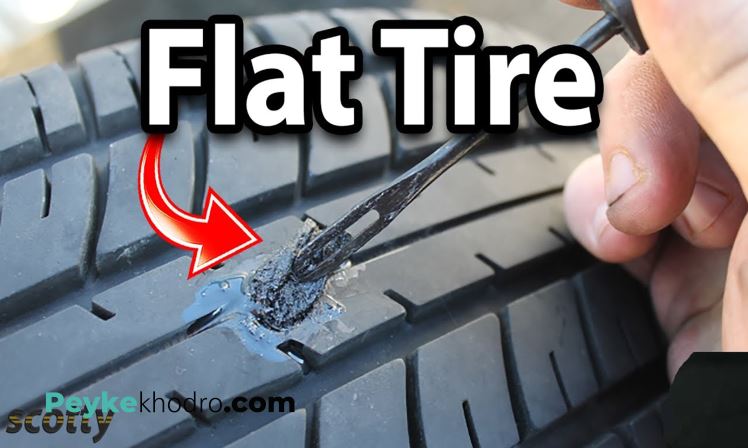
If you do not know what to do, it is better to immediately call for help from specialists and evacuate the car to a tire center.
There is no way to guarantee that tire damage can be avoided, but there are recommendations that you can follow to minimize the risk of such a problem:
